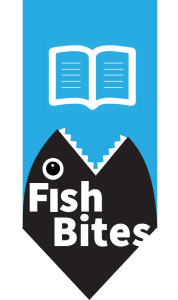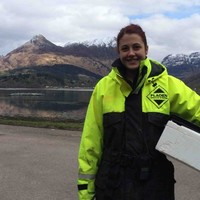Five easy steps to measure lumpfish welfare
- fishbee
- Jan 20, 2021
- 2 min read

What we found
We developed and validated a repeatable standardized method to assess lumpfish welfare which will help farmers better manage the welfare of this important cleaner fish.
The welfare of most lumpfish screened at 6 commercial sites was good (71%, class “A”), compromised in 27% of cases (class “B”), and poor in only 2% (class “C”).
The Lumpfish Operational Welfare Score Index (LOWSI) is easy, rapid, and simple to score. LOWSI requires minimal training and equipment as it is based on the visual assessment of four indicators: skin damage, fin damage, eye condition and sucker deformities, and a fifth indicator based on weight.

Why it is important
Lumpfish are widely used for controlling sea lice in salmon farming, but their welfare is often challenged by poor husbandry, stress, and disease outbreaks, which compromise their ability to delouse salmon and cause public concern. Commercial production of lumpfish has grown exponentially over the past few years and reached 4.8 million in 2017 in the UK alone.
However, their survival is often poor, and there is increasing concern regarding their welfare. Studies suggest that between 33% and 50% of lumpfish may die following deployment in salmon cages reaching 100% in some cases. It is hence important to be able to monitor the welfare of lumpfish consistently and accurately so that early remedial actions can be taken before welfare is severely compromised.

How we did it
To develop a practical index of welfare for lumpfish (LOWSI) we worked with farmers to select and screen individual based Operational Welfare Indicators (OWIs); and then validated the selected OWIs against measures of cortisol and body condition. Finally, we refined and simplified the OWIs and tested the LOWSI at six commercial sites.
To select potential welfare indicators for testing, a questionnaire was given to 53 lumpfish farmers and other participants in the Lumpfish Welfare Workshop at the First Welfare in Aquaculture Symposium (Swansea, 14th May 2019). During the focus group, respondents were asked to assess the potential utility of 12 welfare indicators for lumpfish. After refinement and validation in the farms the 12 indicators were reduced to a total of five individual indicators.

What it means
This research resulted in a validated and repeatable welfare score index. Farmers will be able to monitor the welfare of lumpfish consistently and accurately so that early remedial actions can be taken before welfare is severely compromised.
FishBites is a science communication series by the FishBEE research group.
The FishBEE team integrates the Centre for Sustainable Aquatic Research (CSAR), based at Swansea University, UK.
This post was written by Dr Sara Barrento and is based on the research paper authored by Dr Carolina Gutierrez Rabadan and co-authors, entitled Development, validation and testing of an Operational Welfare Score Index for farmed lumpfish Cyclopterus lumpus L.
C. Gutierrez Rabadan, C. Spreadbury, S. Consuegra, C. Garcia de Leaniz, Development, validation and testing of an Operational Welfare Score Index for farmed lumpfish Cyclopterus lumpus L, Aquaculture, Volume 531, 2021, 735777,ISSN 0044-8486, https://doi.org/10.1016/j.aquaculture.2020.735777.





Comments